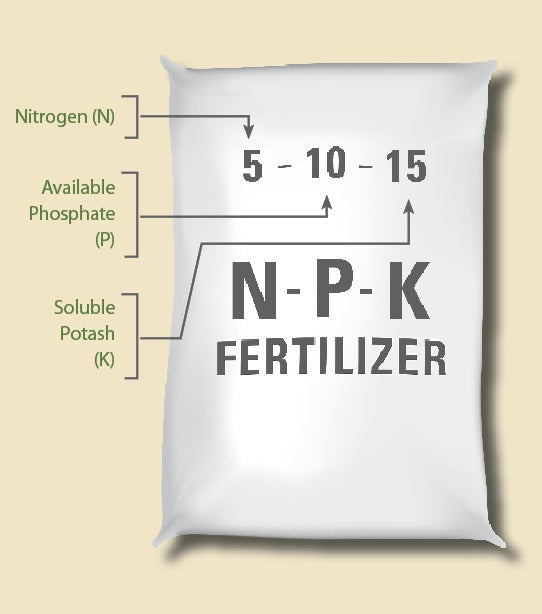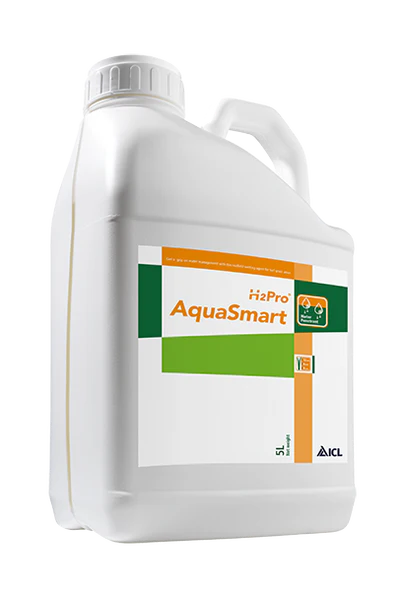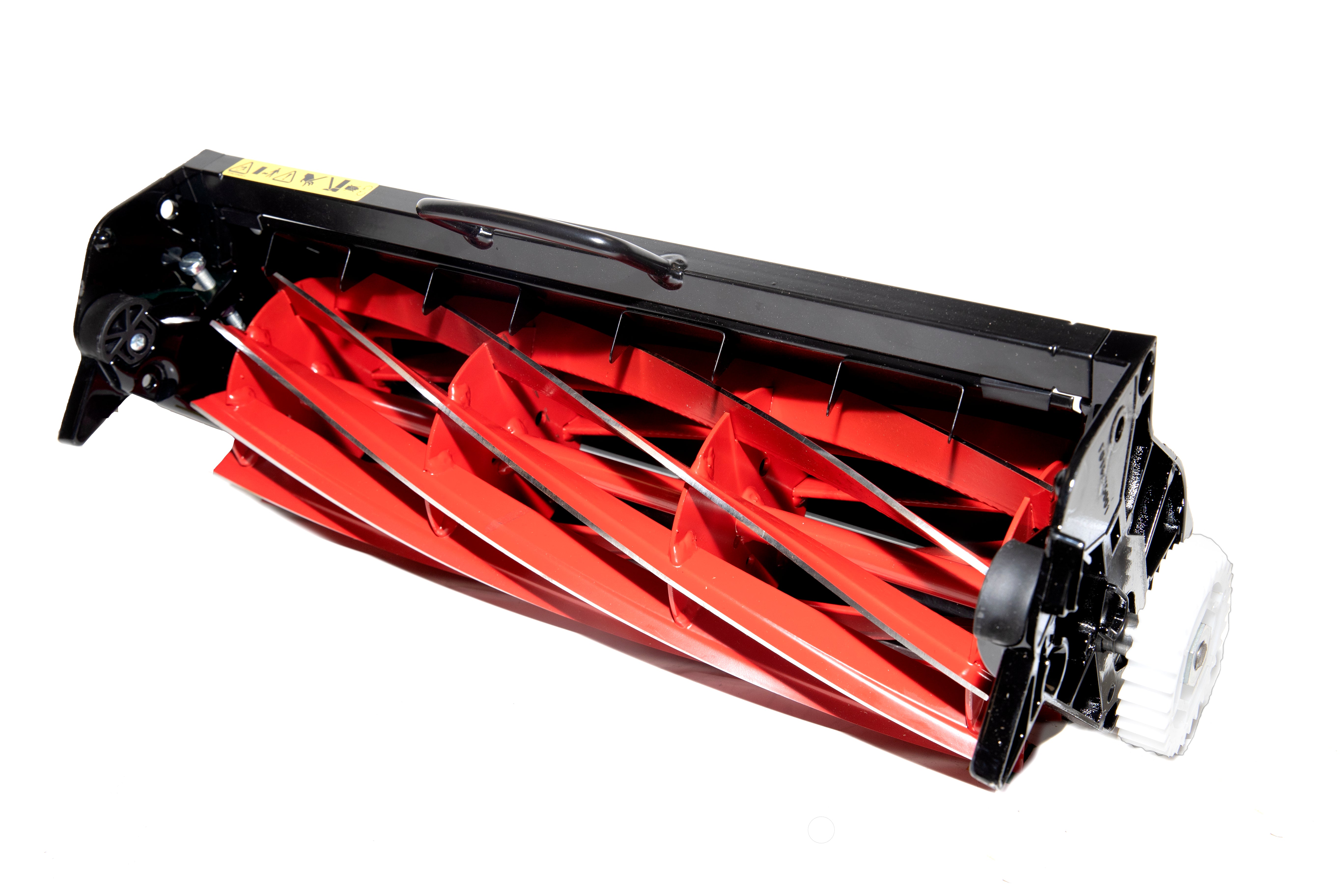Guide to Lawn Fertilisation: When and How to Fertilise Your Lawn
Maintaining a lovely green lawn is a dream for many homeowners. One of the key elements in achieving this is proper fertilisation. Fertilising your lawn at the right times and using the right methods can make a significant difference in the health and appearance of your grass. In this guide, we'll cover when and how to fertilise your lawn for optimal results.
Why Fertilise Your Lawn?
Fertilising your lawn provides essential nutrients that grass needs to grow strong and healthy. These nutrients include nitrogen (N), phosphorus (P), and potassium (K), often referred to as N-P-K. The numbers on a fertiliser bag indicate the percentage of each nutrient in the fertiliser.
Each nutrient plays a crucial role:
- Nitrogen promotes lovely green growth. Essential in the building of DNA in a grass plant as it is a base element of most amino acids and therefore hugely important in cell replication and growth.
- Phosphorus aids in root development and seedling growth.The building block of energy within a plant. Adenosine triphosphate (ATP) contains three phosphate elements and is the molecule from which plants produce energy from the process known as photosynthesis.
- Potassium helps grass withstand stress from drought, disease and cold weather. Seen as the element that allows the plant to recover from major stress events. In periods of drought, for example, it allows easier absorption of available moisture and aids the translocation of this moisture throughout the plant. It is also a major constituent of most plant cells,and aids in the building up of carbohydrate stores as we head from autumn into a cold winter period.

When to Fertilise Your Lawn
The timing of fertilisation is crucial to ensure your lawn gets the maximum benefit. Here’s a seasonal breakdown to guide you:
Spring
Timing: Early to mid-spring, when the soil temperature reaches about 55°F (13°C).
Reason: Spring fertilisation helps grass recover from winter dormancy and encourages vigorous growth.
Tip: Use a slow-release fertiliser to provide a steady supply of nutrients.
Summer
Timing: Early summer, typically late May to early June.
Reason: Summer fertilisation supports continued growth and helps your lawn withstand the stress of heat and drought.
Tip: Avoid fertilising during the peak of summer heat. Fertilise in the morning or evening to prevent the fertiliser from burning the grass.
Autumn
Timing: Early to mid-fall, around September to October.
Reason: Autumn fertilisation promotes root development and helps prepare the grass for winter. It also provides the nutrients needed for an early spring green-up.
Tip: Opt for a fertiliser high in potassium to enhance root strength and disease resistance.
Winter (Optional)
Timing: Late Autumn before the ground freezes.
Reason: Some homeowners apply a winteriser fertiliser to support root health through the winter.
Tip: Use a fertiliser specifically labelled for winter use.
How to Fertilise Your Lawn
Fertilising your lawn involves more than just spreading granules or spraying liquid fertiliser. Follow these steps for best results:
1. Choose the Right Fertiliser
Select a fertiliser based on your lawn's needs and the time of year. Look for the N-P-K ratio on the packaging:
- High nitrogen: Best for spring and early summer.
- Higher potassium: Ideal for Autumn
2. Calculate the Amount
Determine the square footage of your lawn to calculate how much fertiliser you need. Follow the recommendations on the fertiliser packaging to avoid over or under-fertilising.
3. Prepare Your Lawn
Mow your lawn a few days before fertilising. Water the grass lightly the day before to ensure it is slightly moist but not soaked. Avoid fertilising immediately after heavy rainfall.
4. Apply the Fertiliser
Granular Fertiliser:
- Use a broadcast spreader for even distribution.
- Walk in straight lines slightly overlapping each pass to avoid streaks.
- Apply half the fertiliser in one direction (north-south) and the other half in the perpendicular direction (east-west) for uniform coverage.
Liquid Fertiliser:
- Mix according to the manufacturer's instructions.
- Use a garden sprayer to apply evenly.
- Spray in a consistent pattern to ensure complete coverage.
5. Water Your Lawn
After applying fertiliser, water your lawn thoroughly. This helps the fertiliser penetrate the soil and reach the roots. However, avoid overwatering, which can wash away nutrients.
6. Monitor and Maintain
Keep an eye on your lawn’s health and growth. Regular mowing, watering, and weeding complement fertilisation and contribute to a vibrant lawn.
Tips for Effective Lawn Fertilisation
- Soil Testing: Conduct a soil test every few years to understand your soil’s nutrient levels and pH balance.
- Read Labels: Always follow the instructions on fertiliser packaging.
- Environmental Considerations: Avoid fertilising before heavy rain to prevent runoff into waterways.
- Consistent Schedule: Stick to a fertilisation schedule tailored to your lawn’s needs.
By following these guidelines, you can ensure your lawn receives the nutrients it needs to thrive.
We would advise speaking to your fertiliser supplier to work out which fertiliser suits your lawn the best.




Leave a comment
This site is protected by hCaptcha and the hCaptcha Privacy Policy and Terms of Service apply.